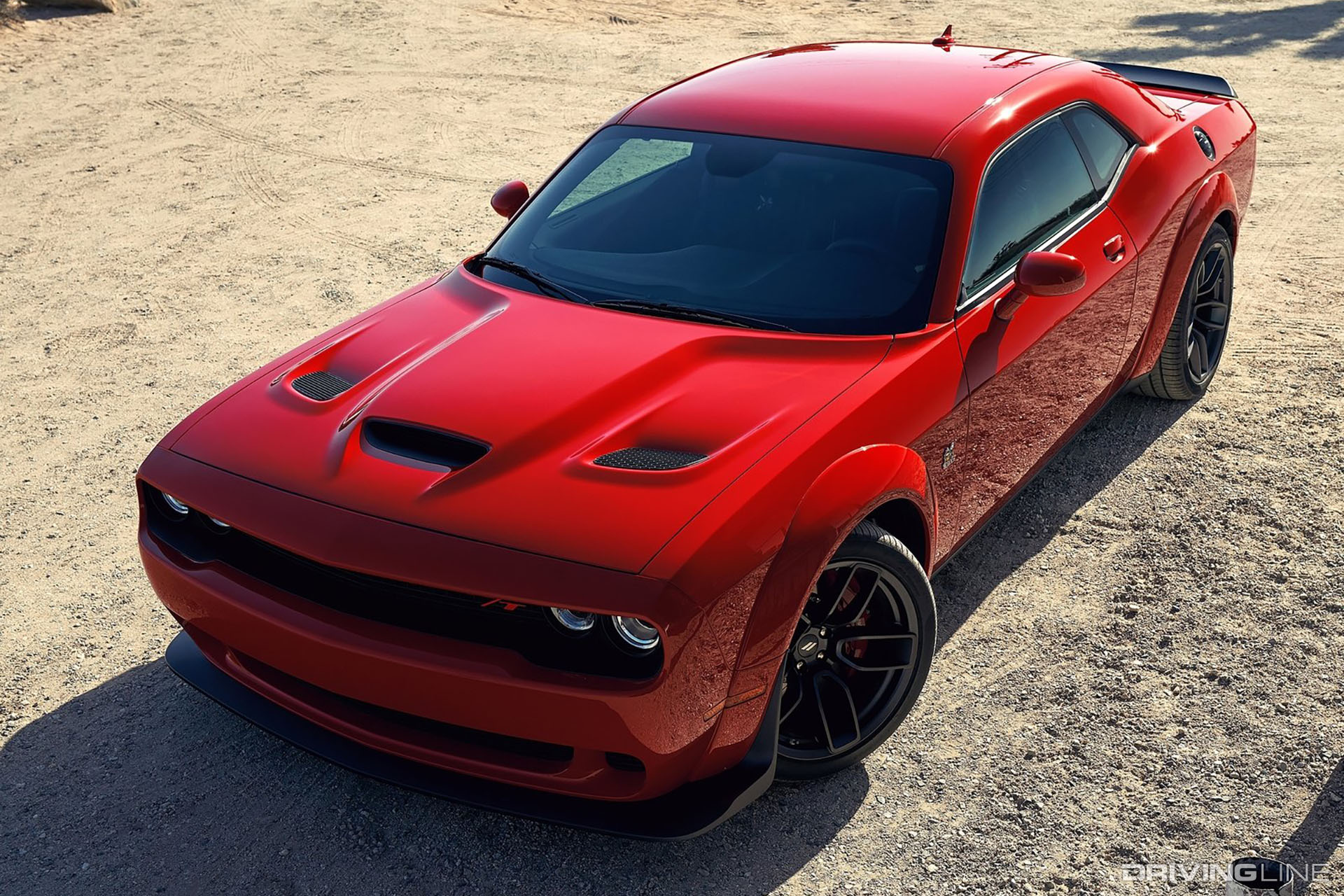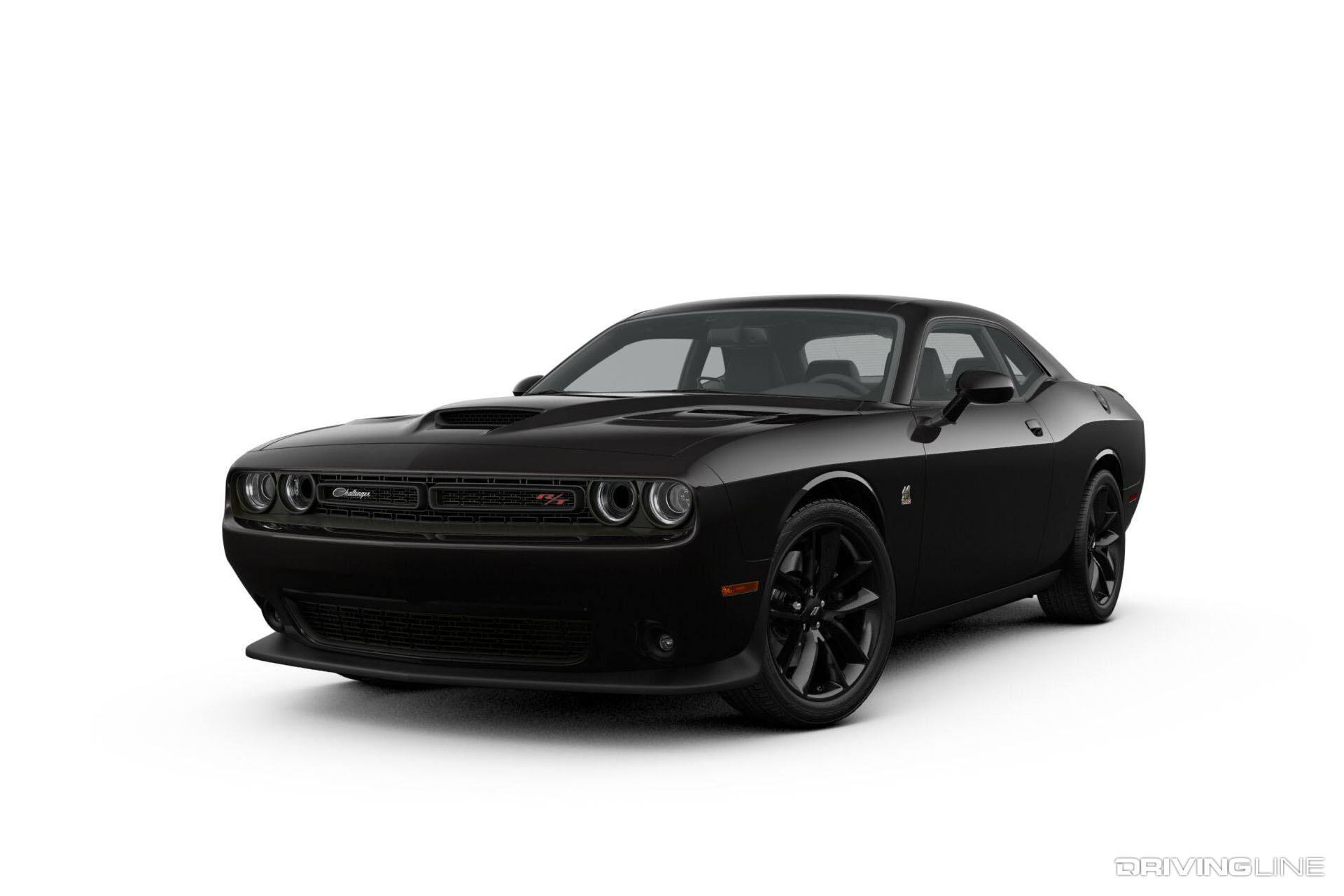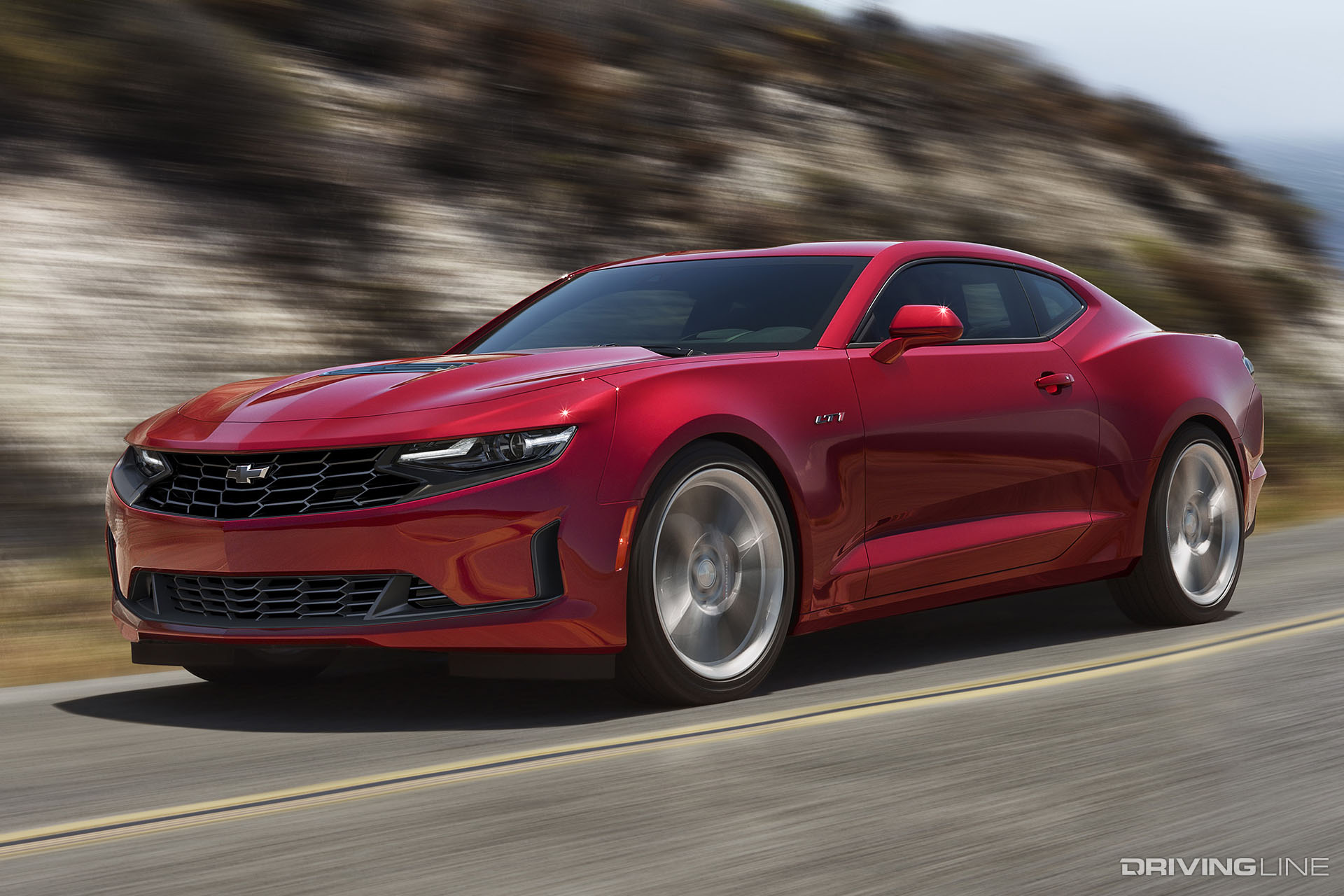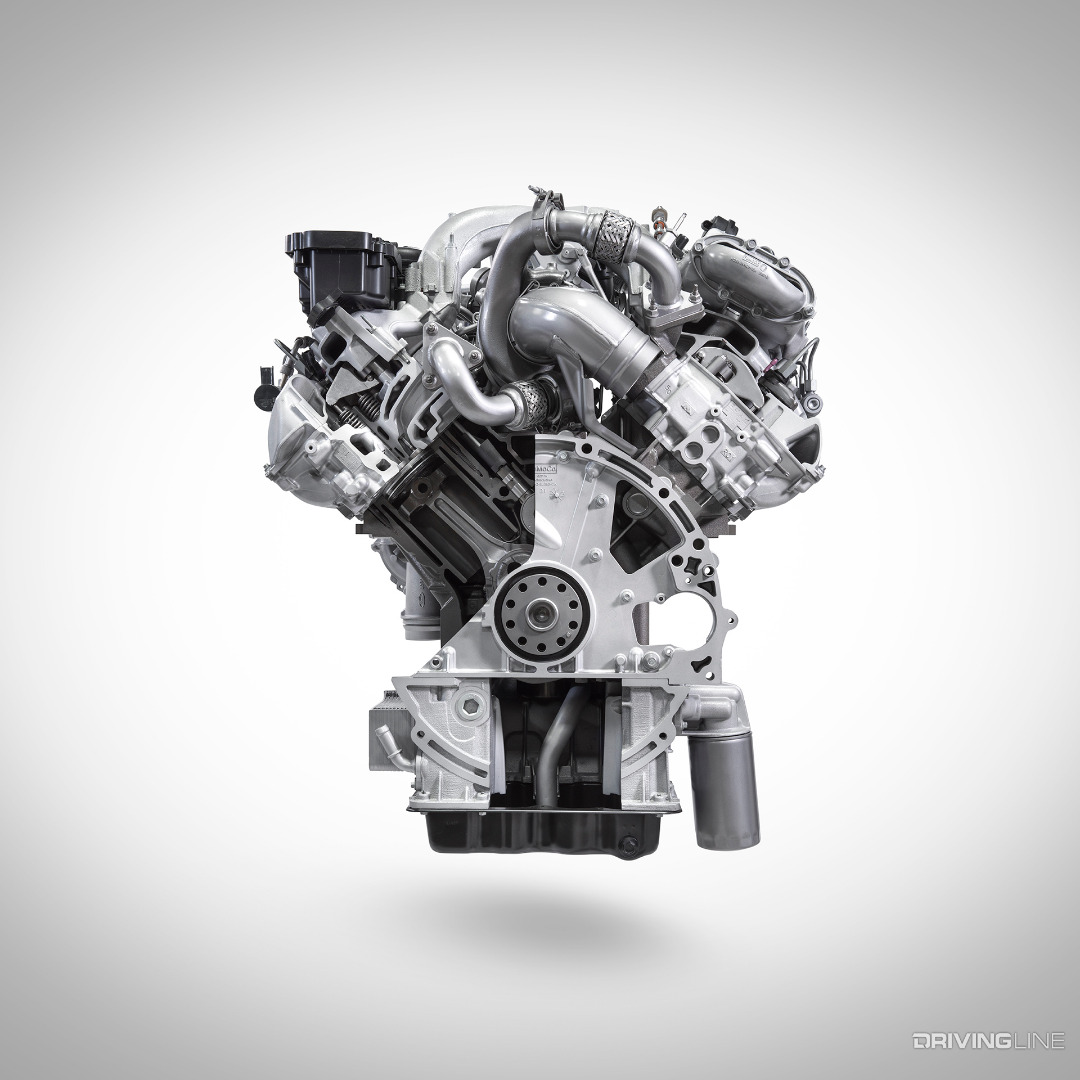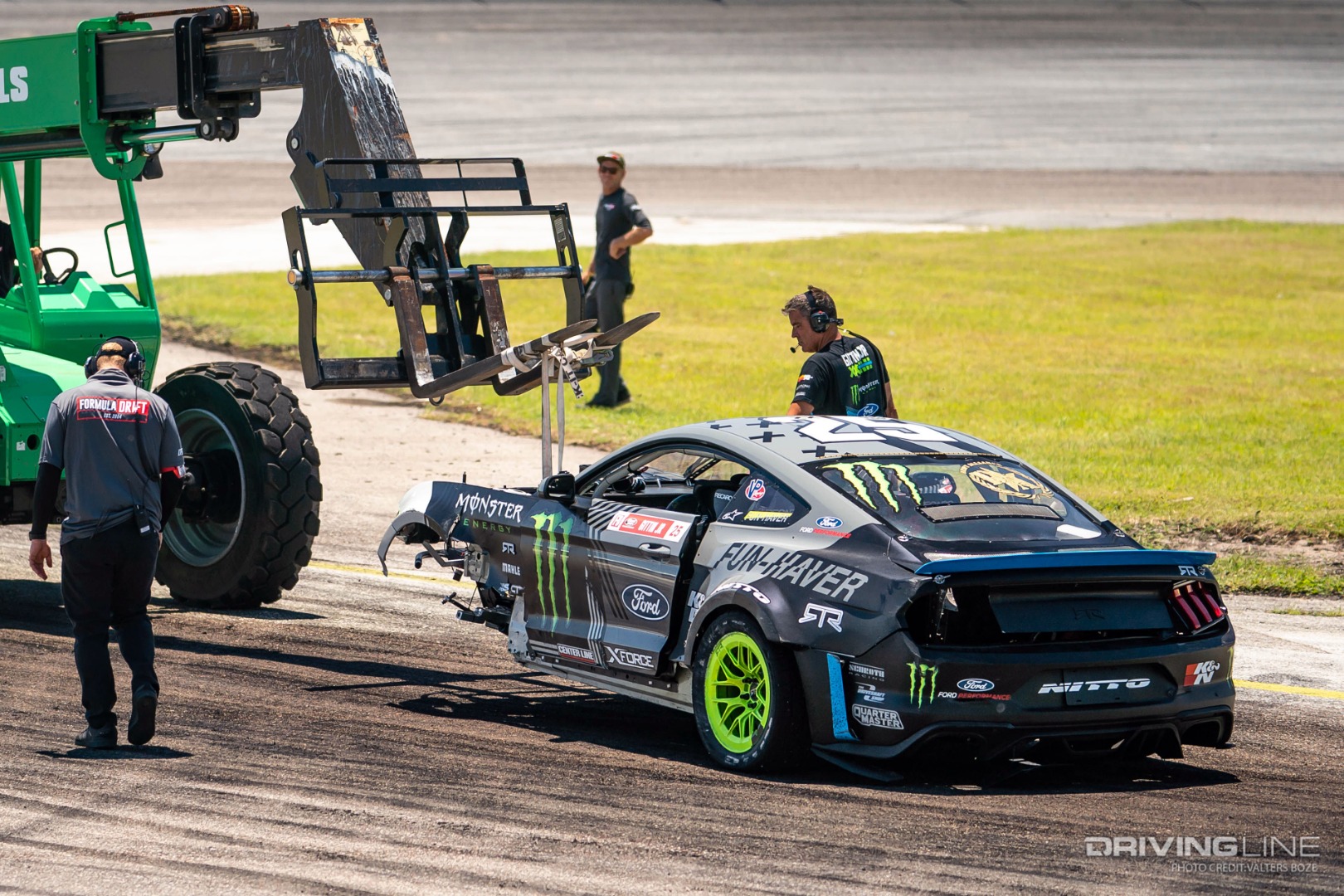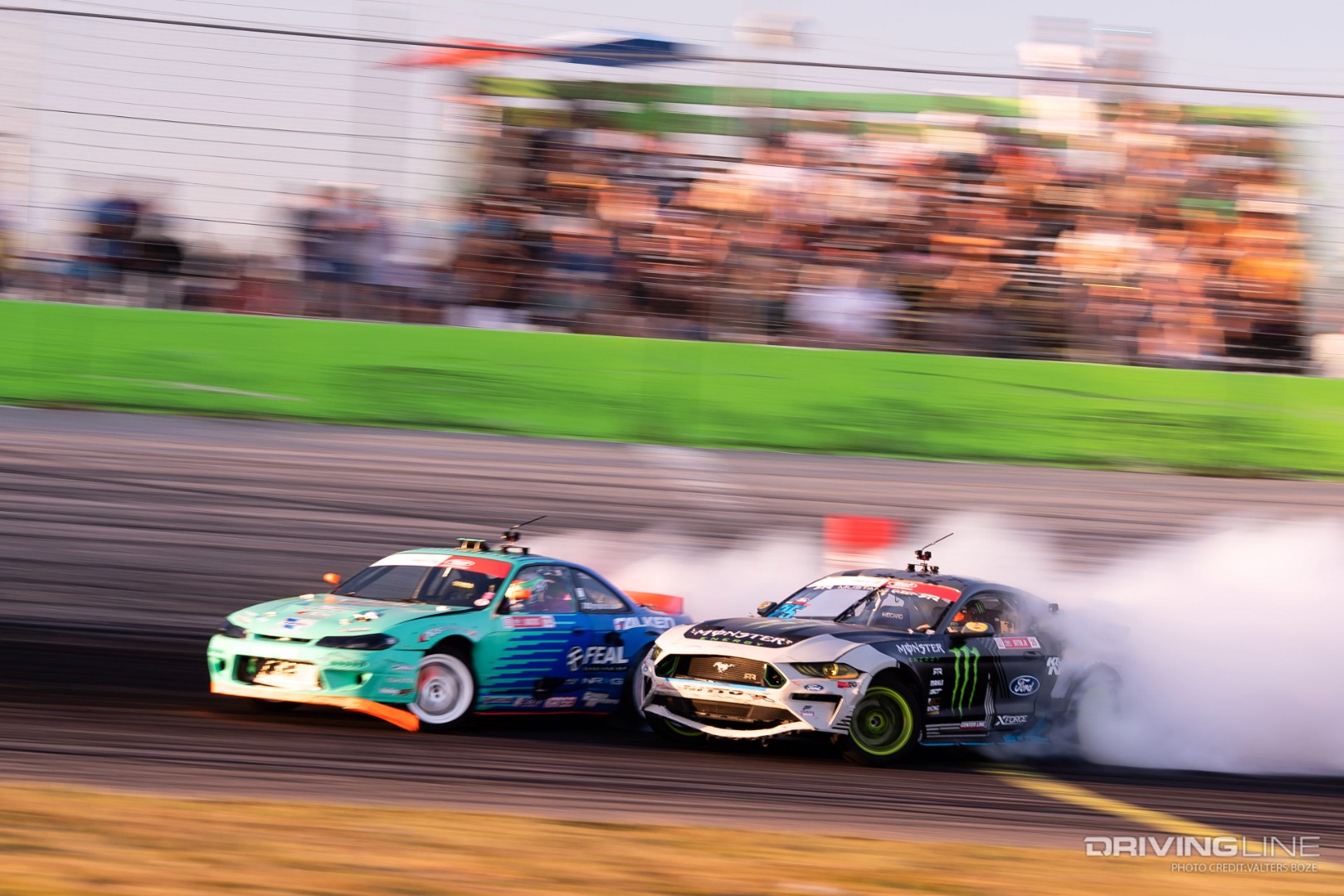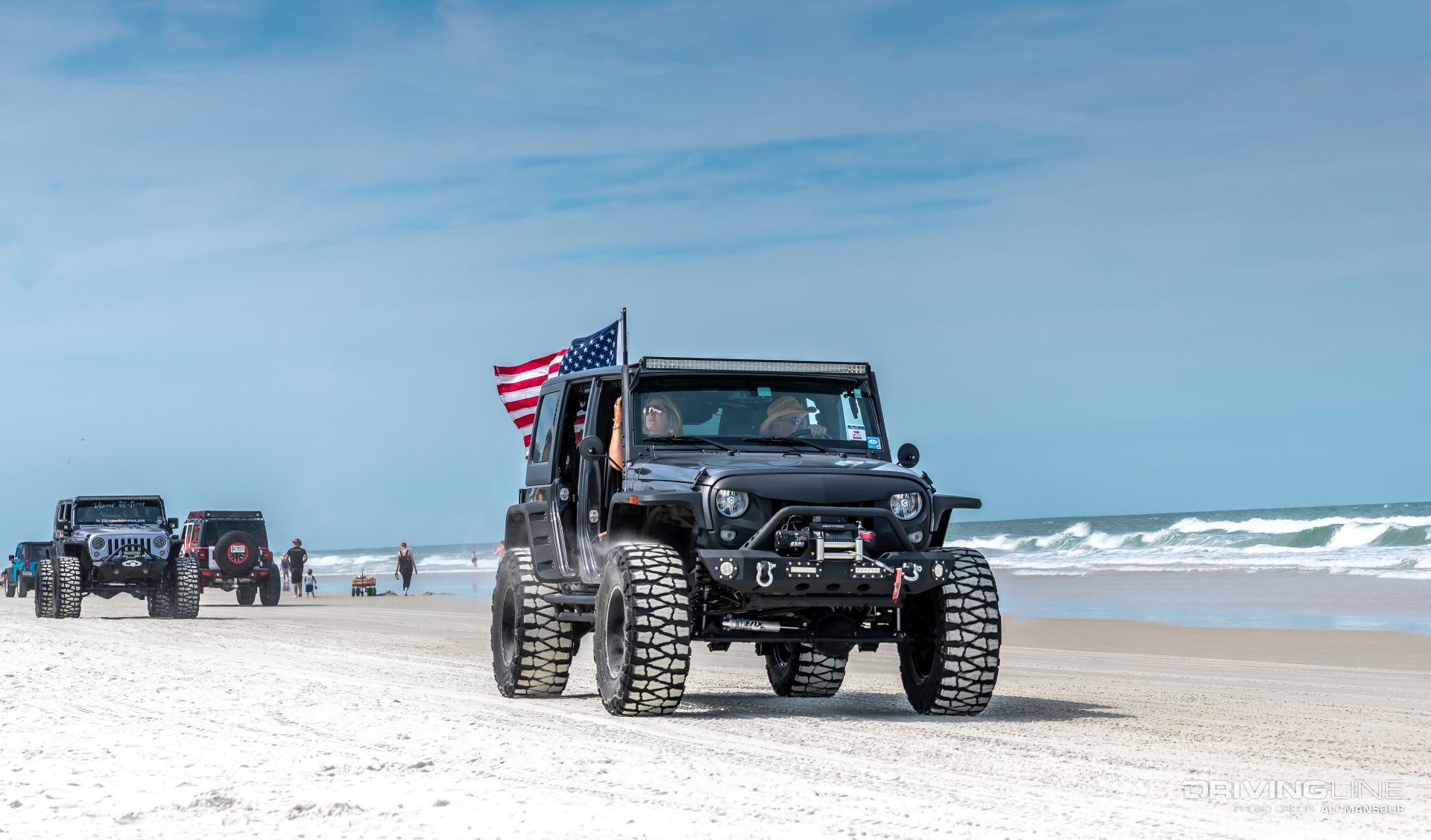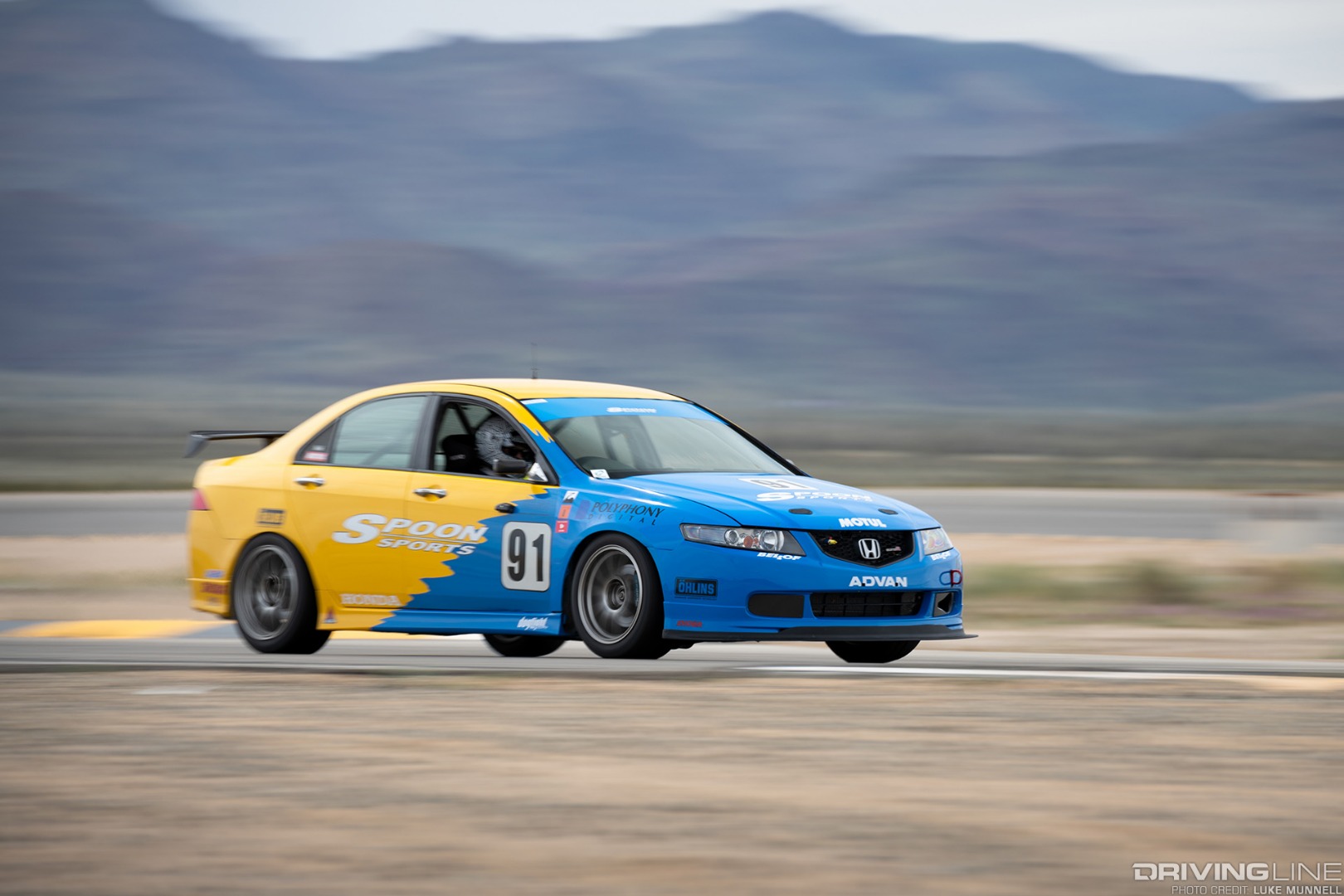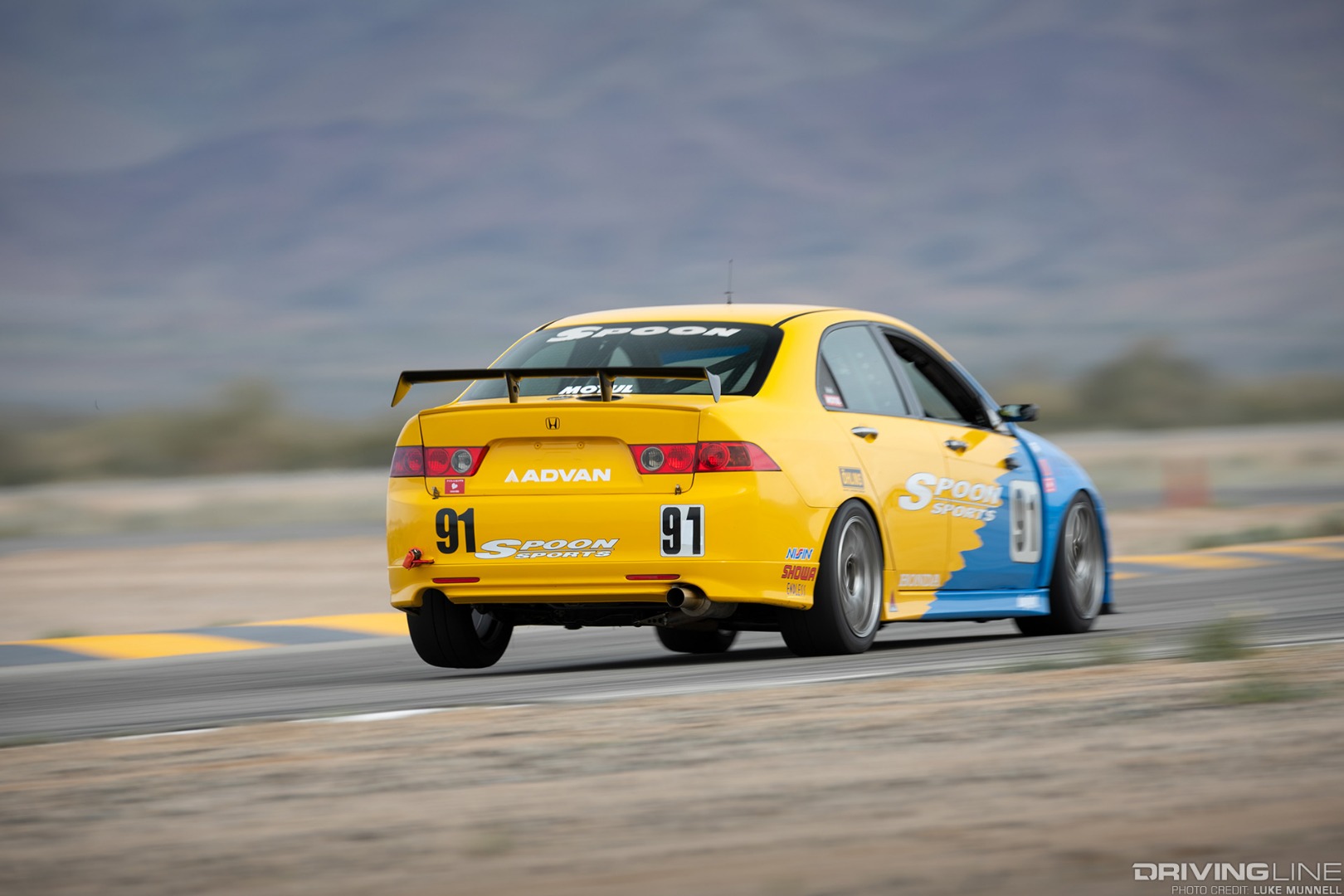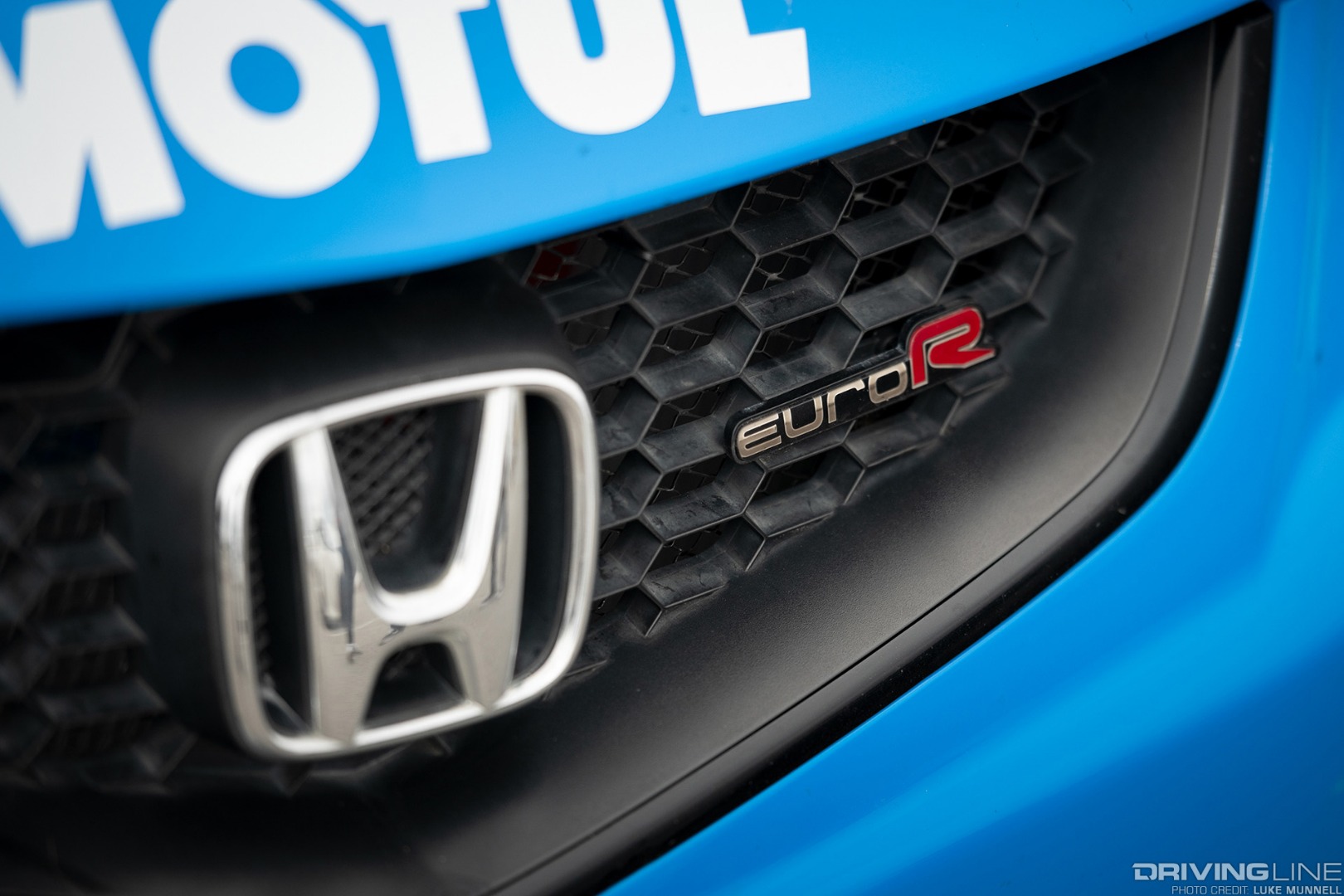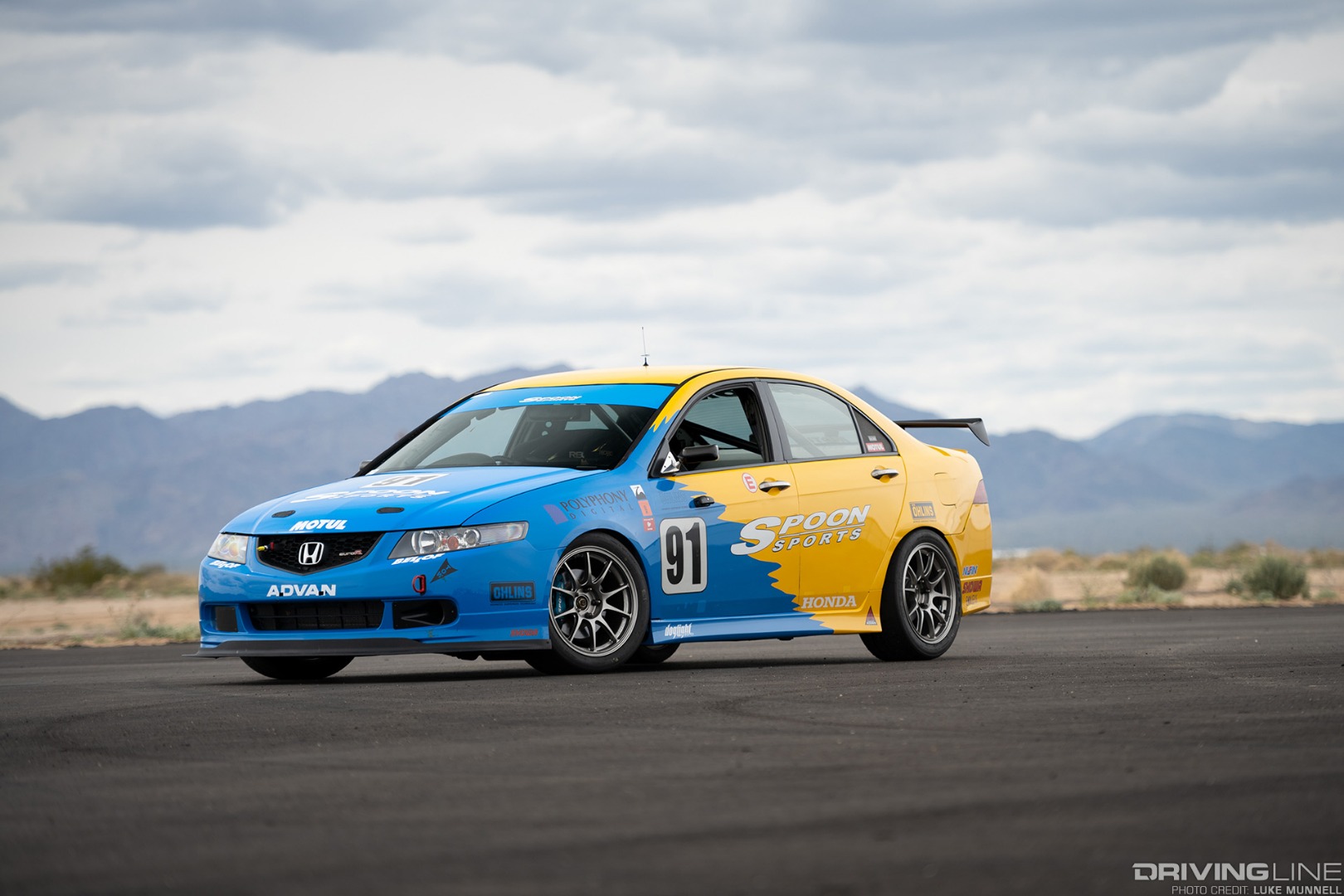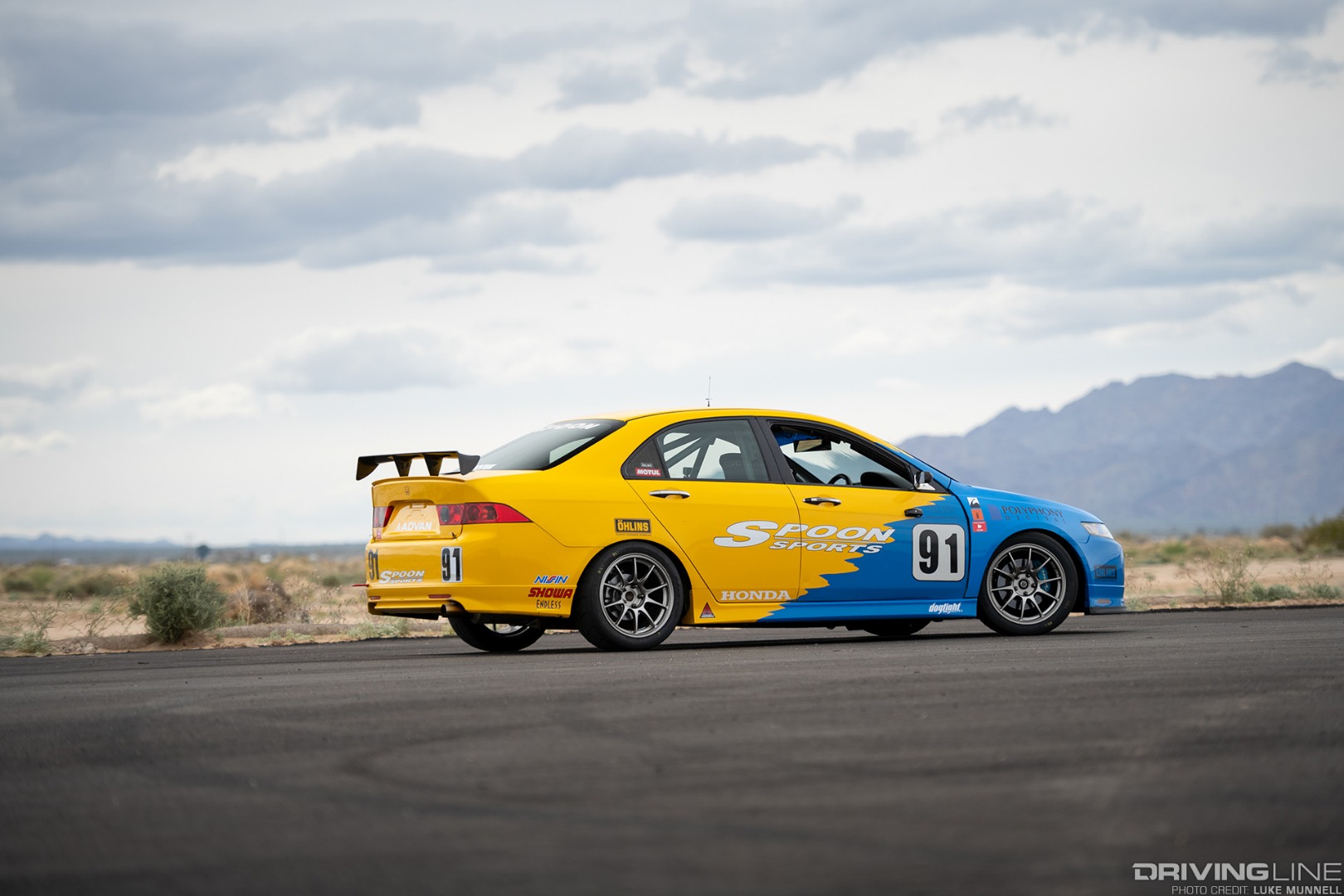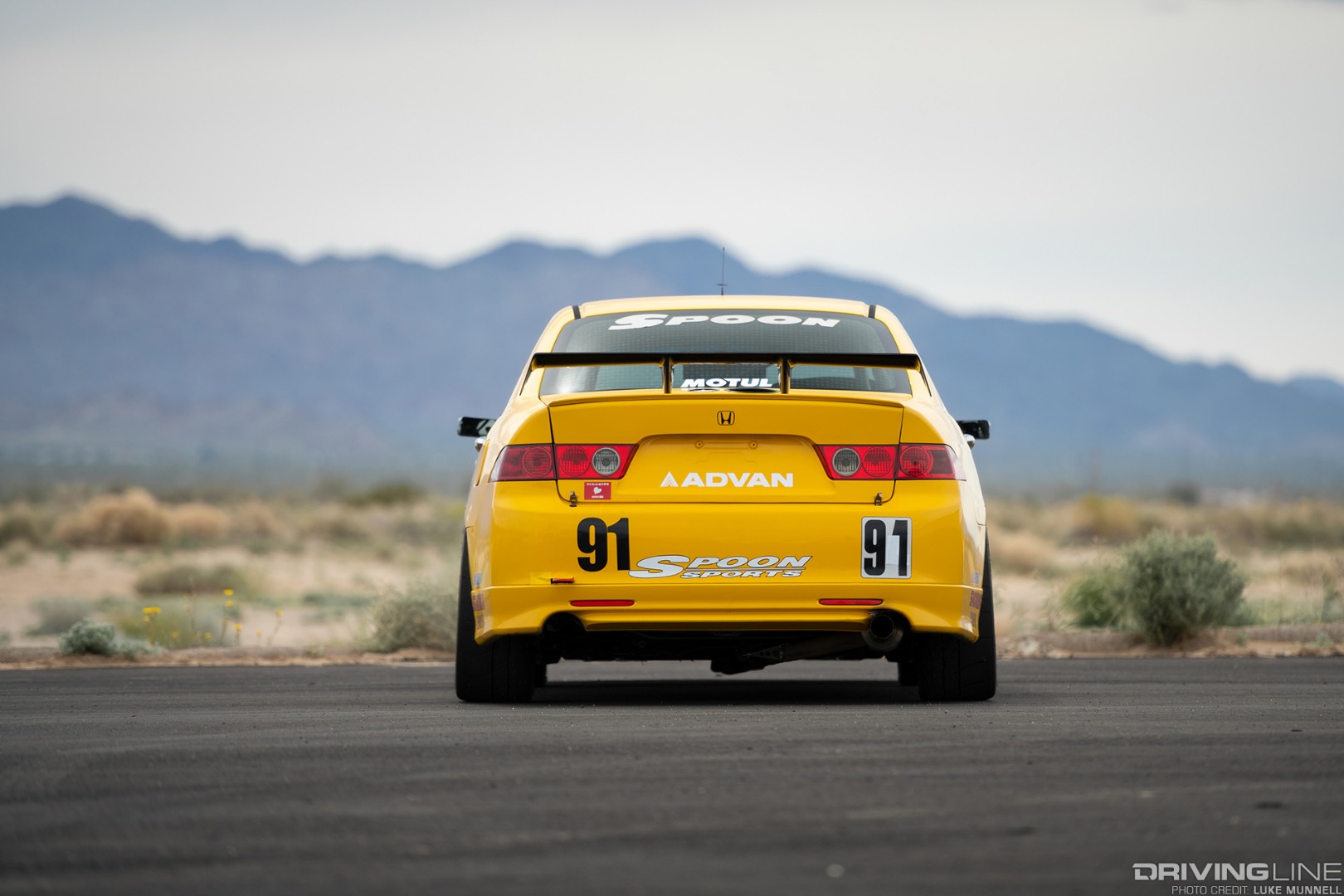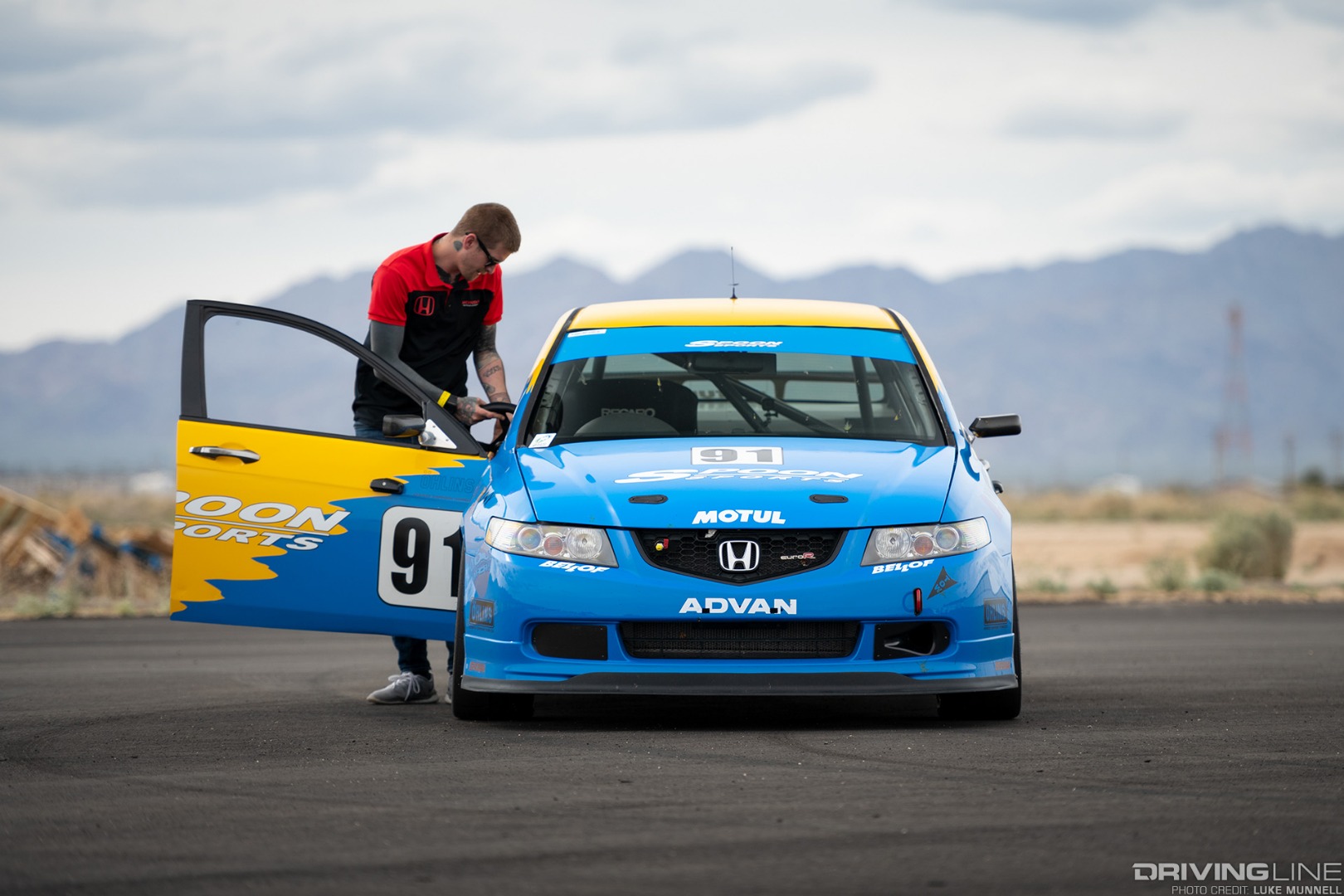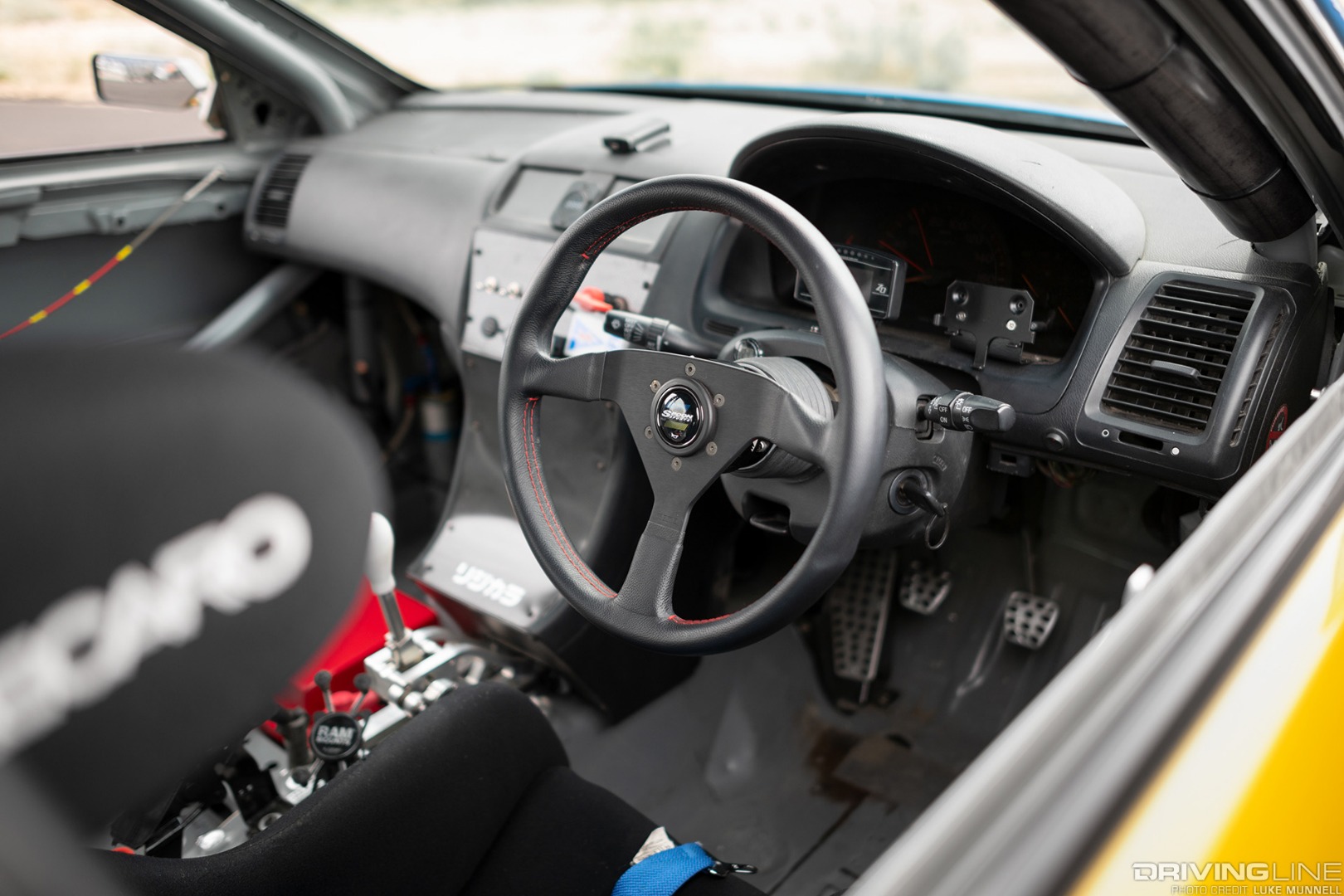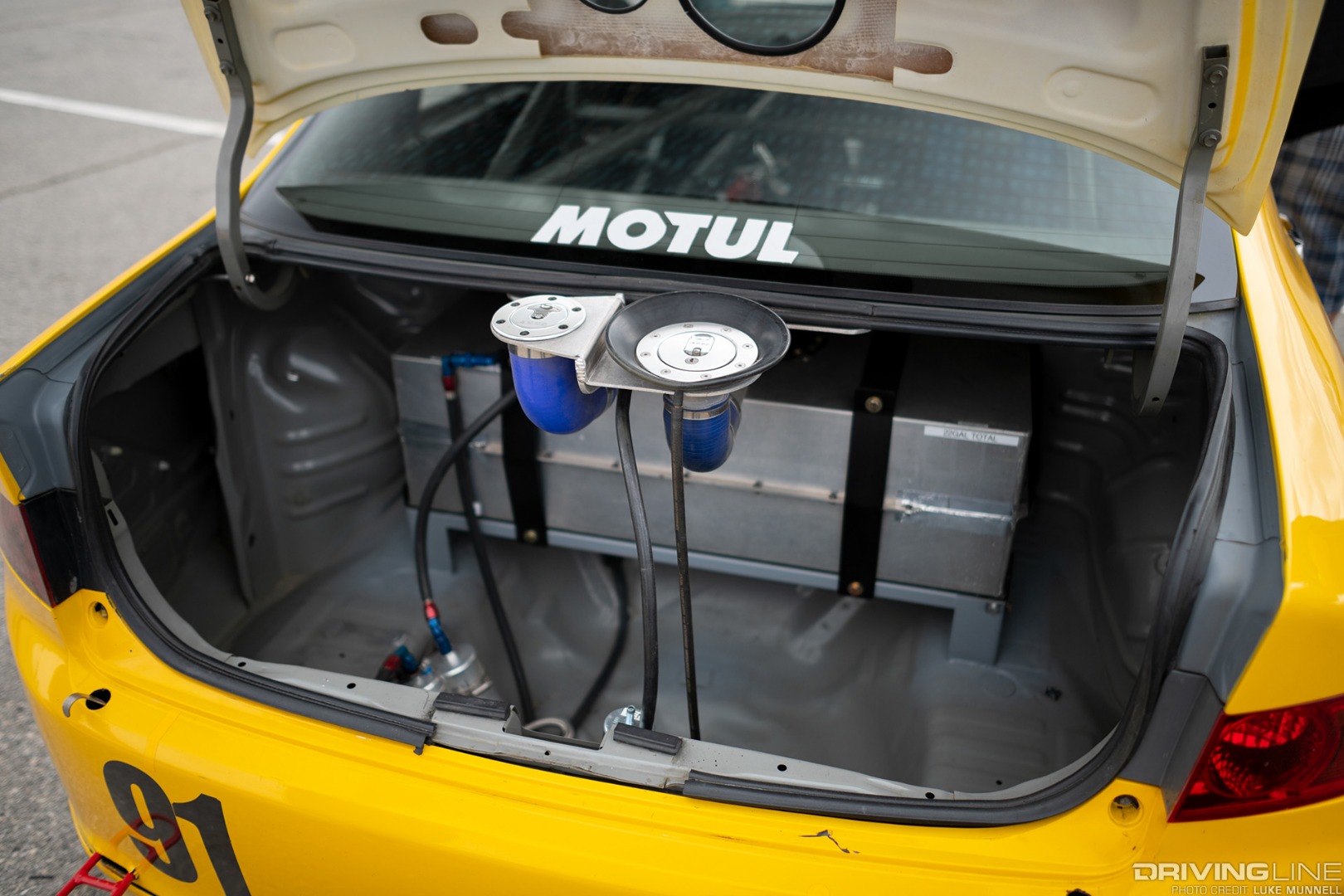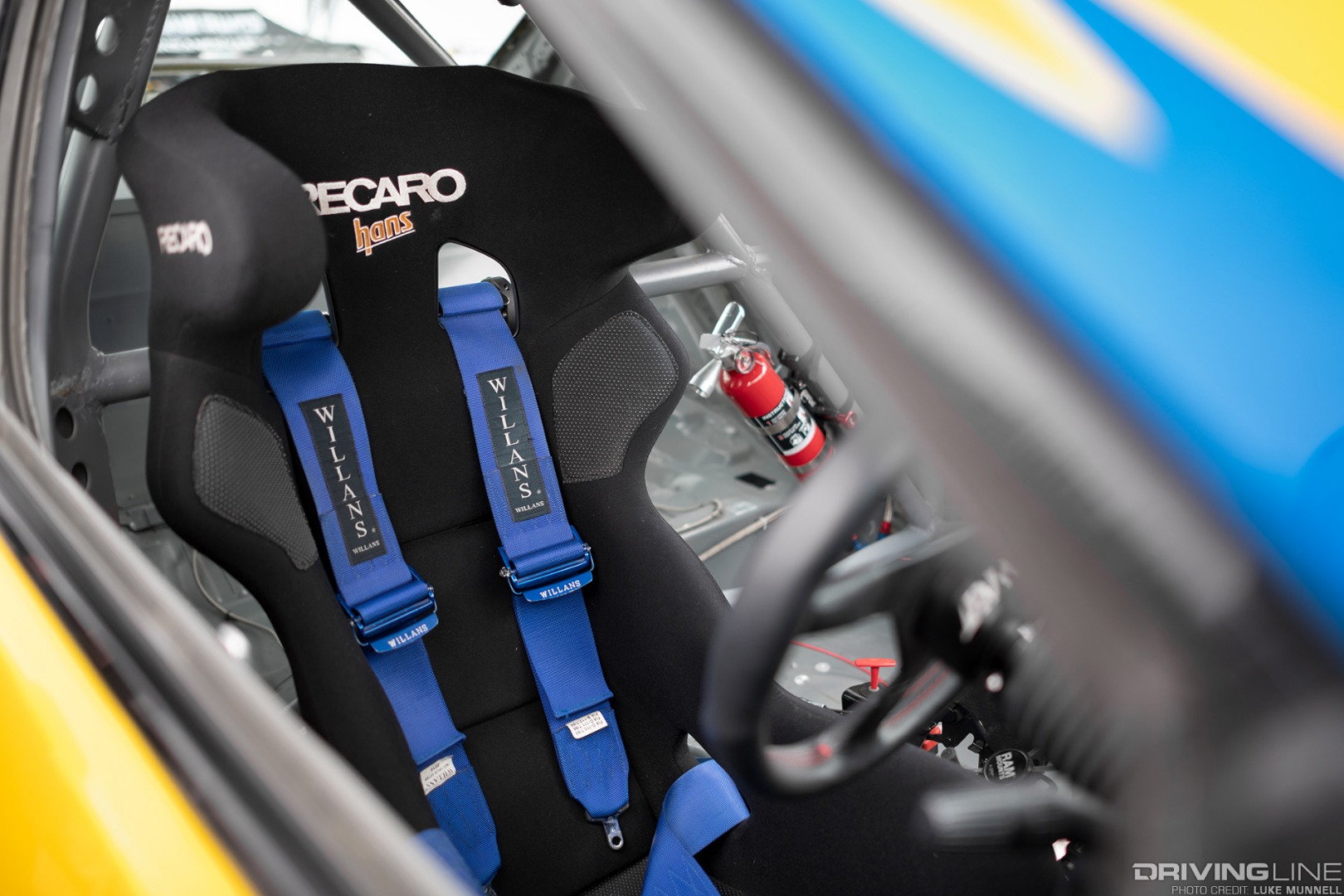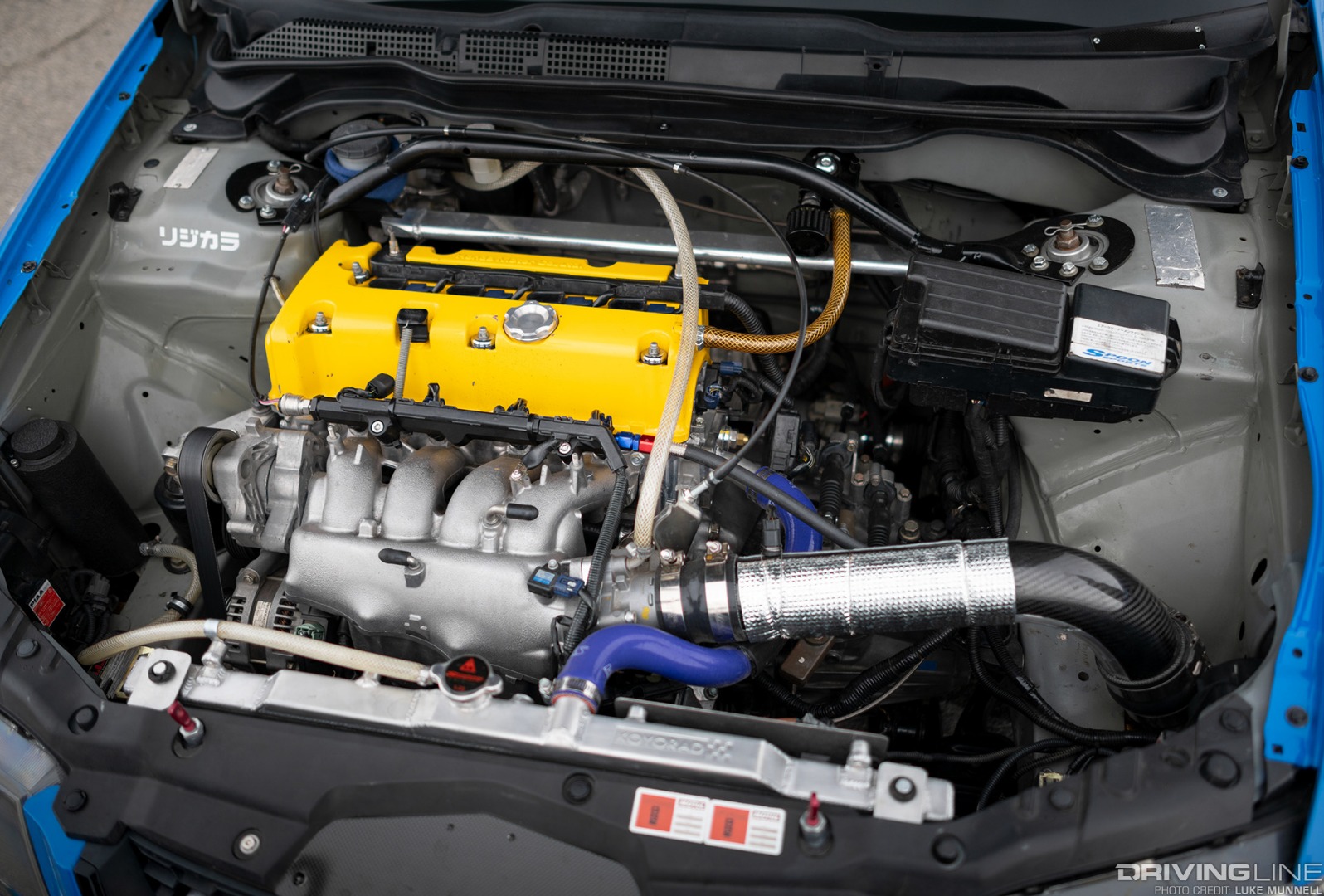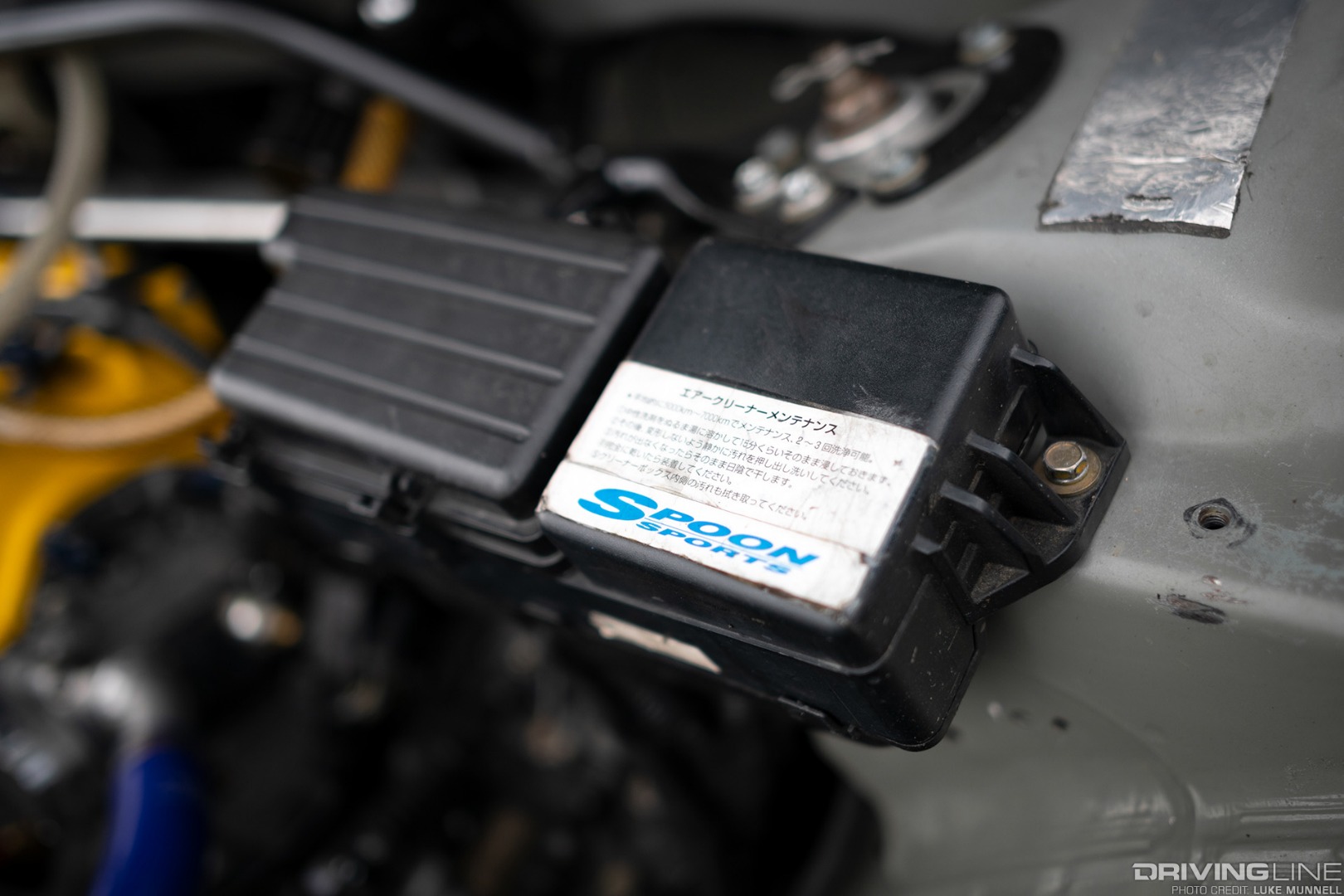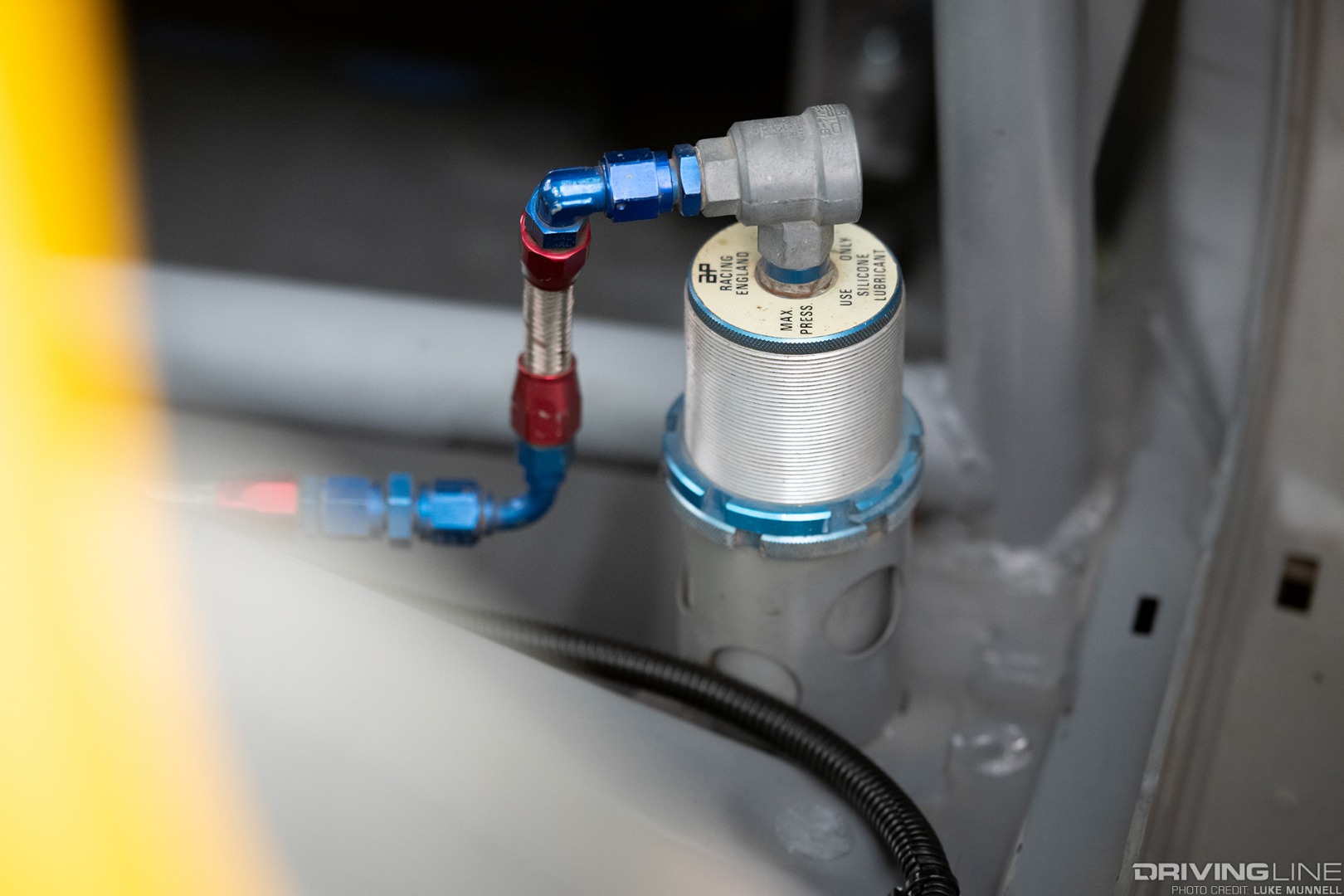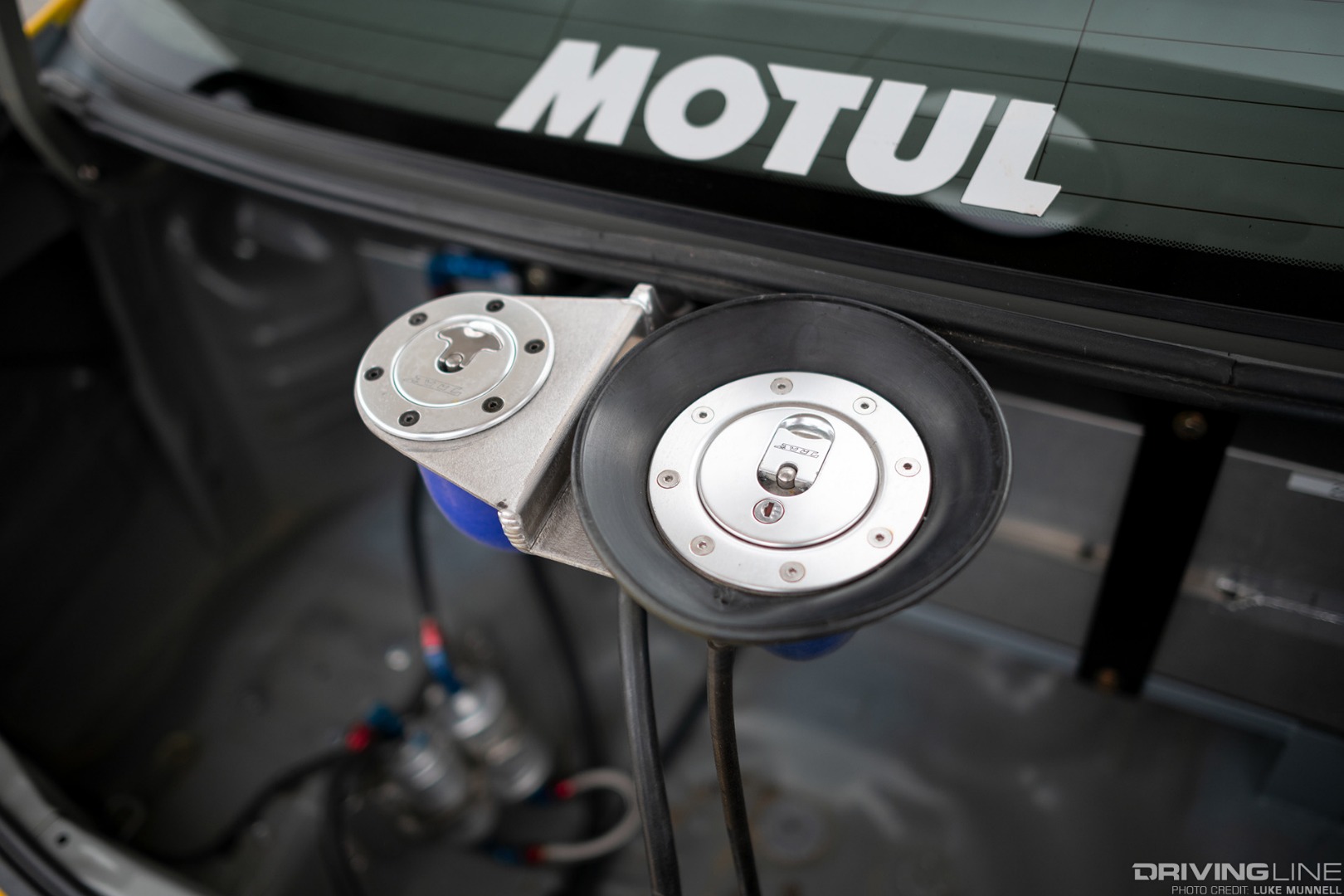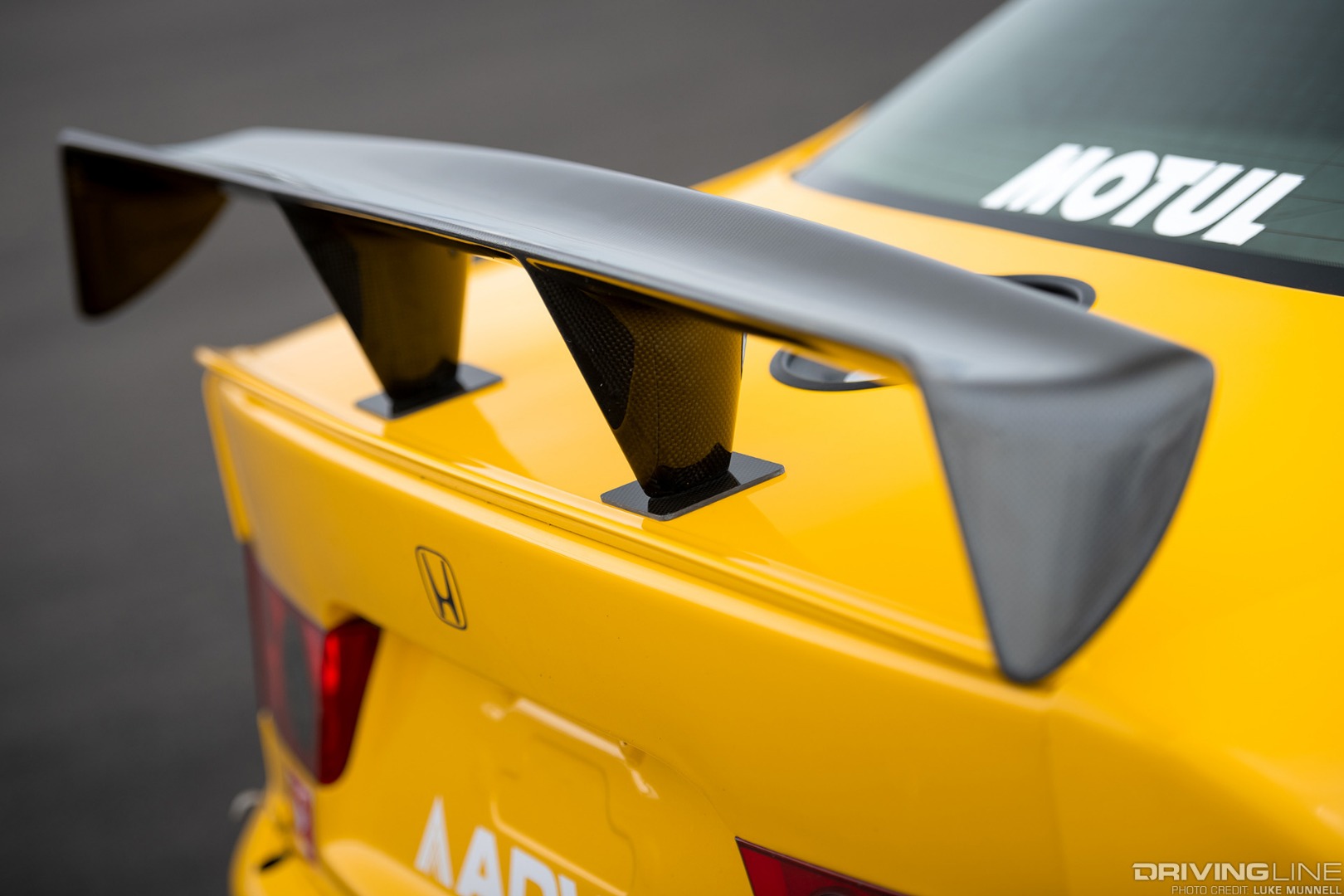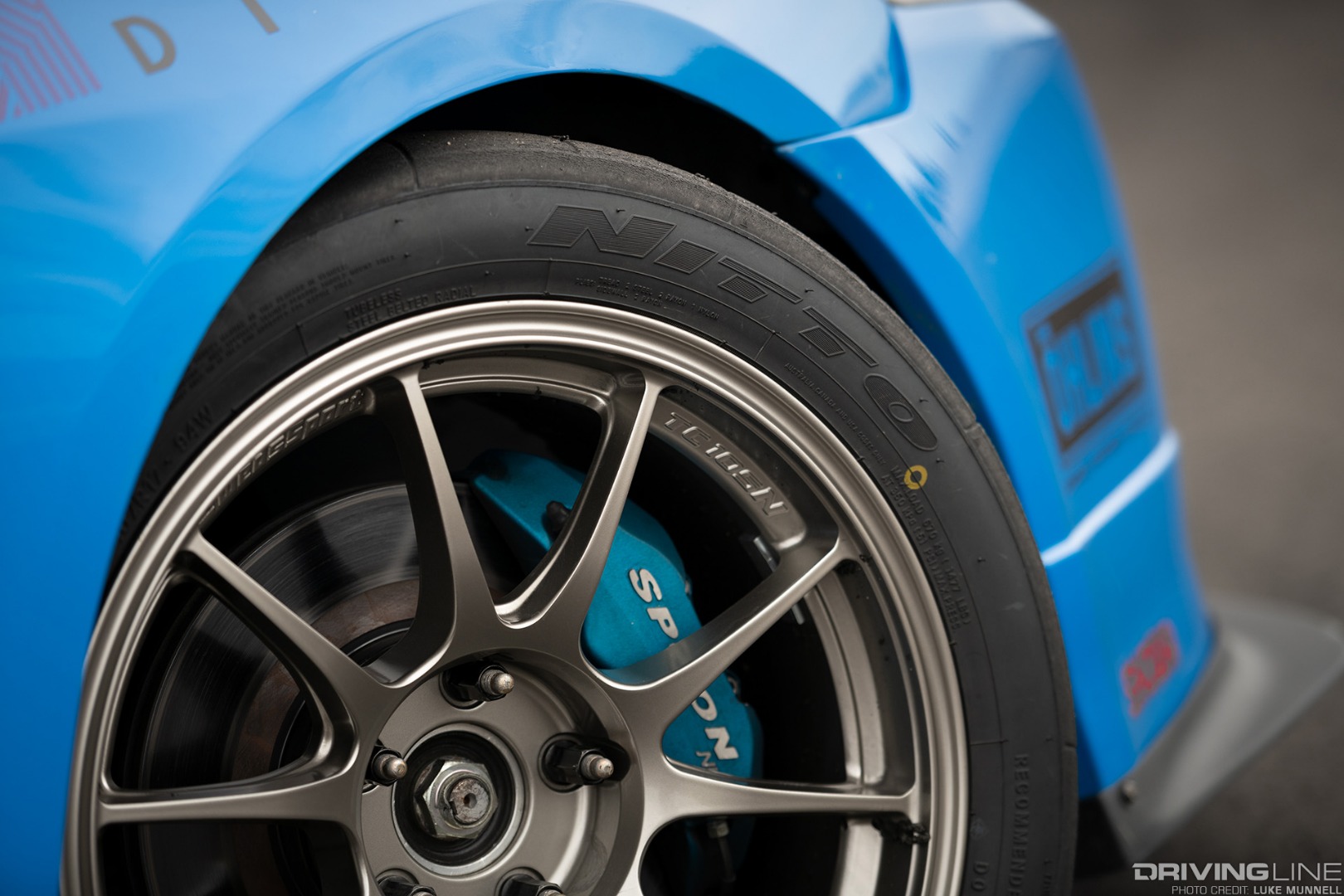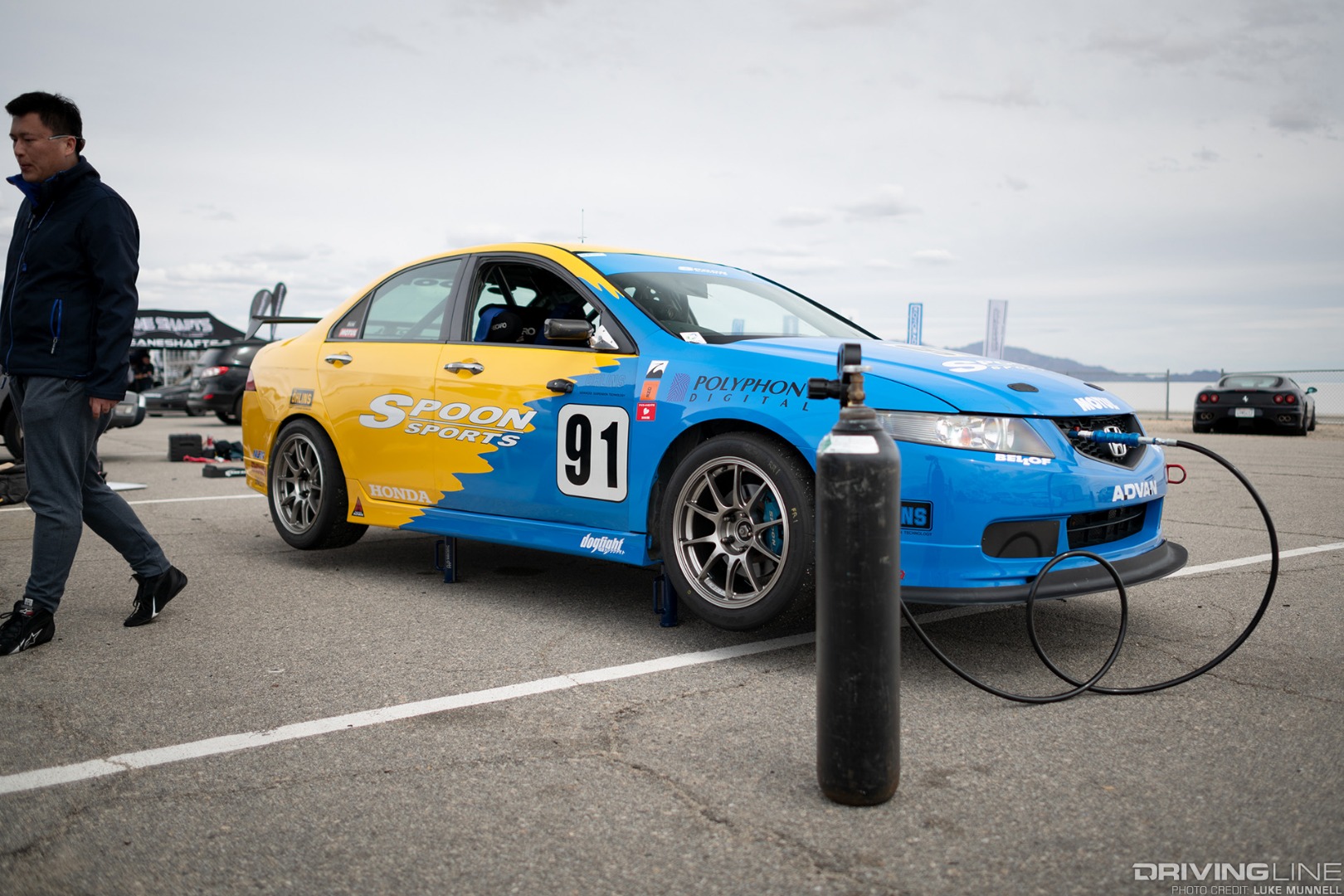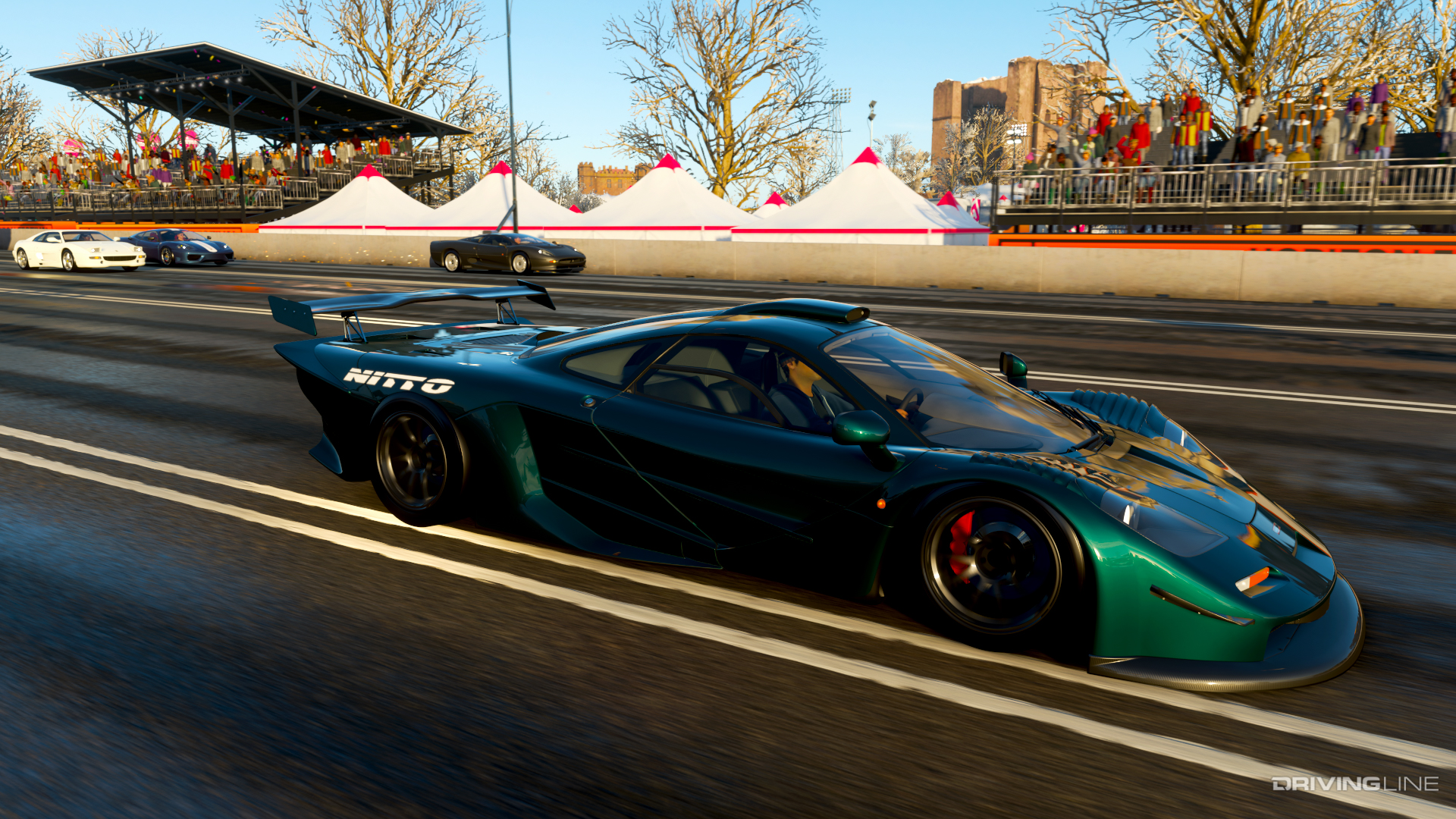It's the closest you can get to bulletproof in the automotive segment: the 6BT Cummins and the Toyota 2JZ-GTE. But which iconic straight-six is truly better? The one designed, built and intended to make the Toyota Supra the crown jewel of Japanese sports cars, or the oil-burner originally intended for tractors that somehow wound up in Dodge Rams? It may seem like an unlikely comparison at first, but when you realize just how much hidden potential exists in these mills, it begins to make sense. For instance, with a few simple modifications you can make 400hp in either application and the stock internals can withstand an unbelievable amount of abuse beyond that—meaning you don’t need to dig into the bottom end to have a lot of fun.
Still not convinced these two polar opposites belong in the ring together? How about the fact that both make use of:
- Cast-iron, closed-deck blocks
- Turbocharged
- Produce better than 1 lb-ft of torque per cubic inch in factory trim
- Have very few weak links and can support 2,000hp when properly built?
In the past, we’ve presented our case as to why the P-pumped 12-valve 5.9L Cummins is the best diesel engine ever made and also why the Toyota 2JZ-GTE is still relevant in today’s high-horsepower world. Now we’re pitting these two heavyweights against each other to find out which one is the greatest inline-six of all time. Below, we’ll give you all the nitty gritty details of each power plant’s makeup—but it’s up to you to decide which one reigns supreme.
Cast-Iron Blocks, Forged-Steel Cranks: Tie
![2JZ-GTE Cast Iron Block]()
Both the 2JZ-GTE and 6BT are based on closed-deck, sleeveless cast-iron blocks, with each accommodating a large journal, forged-steel crankshaft. The Cummins’ crankshaft is treated to induction-hardened journals and both crankshafts utilize seven main bearings, which means the most important component in the engine isn’t going to budge under load. The 2JZ-GTE features a “square” bore to stroke ratio in which both are the same (3.39 inches). The Cummins’ bore checks in at 4.02 inches with a torque-facilitating stroke of 4.72 inches. For the tuner car market, the 2JZ-GTE is considered hefty at more than 500 pounds. The Cummins on the other hand, with its original intent to hum away for thousands of hours at a time in industrial and agricultural applications tips the scales at an obese 1,100.
Neither Engine is Exactly a Lightweight: Tie
![Cummins-6BT-vs-Toyota-2JZ-GTE]()
At 507 pounds, the 2JZ-GTE is considered heavy by tuner motor standards (in large part due to its cast-iron block), but the amount of potential trapped inside this engine does little to turn off enthusiasts. With very little work, that all-important power-to-weight ratio is right back where it needs to be. As for the 6BT Cummins’ 1,100-pound dry weight…believe it or not it’s actually on the lighter side of what some all-iron, industrial-intended diesel engines check in at. For example, International’s DT360, another 5.9L inline-six produced during the same era (think school bus), tips the scales at roughly 1,250 pounds. With either engine, it’s important to remember that while they’re relatively heavy for their respective automotive segments, the added heft does little to deter gearheads from using them. For competitors and power junkies alike, the amount of horsepower potential far outweighs a little weight penalty.
Tough Rods: Tie
![Cummins Forged Steel Connecting Rod]()
It’s inherent for inline engines to produce gobs of torque. Bring turbocharging into the mix and you add even more cylinder pressure for the rotating assembly to cope with. Luckily, both the 6BT Cummins and 2JZ-GTE were fitted with forged-steel connecting rods at the factory (Cummins’ factory being in Columbus, Indiana and Toyota’s 2JZ-GTE plant being in Tahara, Aichi, Japan). The stock forged-steel rods found in the 6BT can withstand 1,500hp as long as torque is kept in check (under 2,500 lb-ft), although upgraded rod bolts are a good idea beyond 800hp. The factory rods used in the 2JZ-GTE are good for 700 hp easy, although many believe their threshold for pain is well north of 800hp. To deal with excessive heat, both the 2JZ-GTE and 6BT’s cast-aluminum pistons are cooled via individually dedicated oil spray nozzles.
Over-Engineered Where It Counts: Advantage Cummins
![Cummins 6BT Wrist Pin Bushing]()
A little over-achieving goes a long way in the design of a connecting rod—and luckily for the 6BT, Cummins erred on the side of “make it last forever.” On the small end of the 6BT’s forged-steel, I-beam connecting-rod, it enjoys a tapered wrist pin boss area. The tapered wrist pin bushing reduces reciprocating weight and optimizes wrist pin loading. The outside diameter of a 6BT floating wrist pin measures a healthy 1.57 inches. By comparison, the 2JZ-GTE’s piston pin checks-in at nearly half that at .8664 inches.
Traditional OHV vs. DOHC: Advantage 2JZ-GTE
![Toyota 2JZ-GTE DOHC Supra Engine]()
The 6BT and 2JZ-GTE differ tremendously in the valvetrain department, the latter of which makes use of dual overhead cams and four valves per cylinder. Much simpler, the 6BT utilizes a single camshaft (with push tubes), situated in the conventional location in the block, albeit a chilled iron camshaft that doesn’t require press-in bearings. It makes sense, as the Toyota is meant to be revved high and raced while the Cummins is designed to spend the day working, operating at low rpm. Moderately aggressive cam upgrades usually enter a 2JZ-GTE owner’s picture somewhere around the 700hp mark.
Restrictive Cylinder Head: Tie
![6BT Cummins 12-Valve Cylinder Head]()
As far as responsiveness and airflow in stock form is concerned, it’s hard to beat a four-valve cylinder head. Still, the 2JZ-GTE’s factory aluminum head is fairly restrictive. By comparison however, the 12-valve 6BT’s cast-iron head takes the cake, flowing just 140 and 150 cfm per cylinder on the intake side (depending on the flow bench). In order to make power, the Cummins is forced to overcome its airflow deficiency with boost—lots of it. Thanks to six 12mm diameter head bolts existing per cylinder, the 6BT can handle 60 psi of boost without breaking a sweat (or more importantly, popping a head gasket). We’ve even seen the factory 6BT head bolts hold 100 psi of boost, along with countless cases of them handling 80 psi. By comparison, pumped up 2JZ-GTE’s typically see 30 to 40 psi of boost, depending on the power level and the specifics of the turbo arrangement. The 2JZ-GTE head itself makes use of just four head bolts per cylinder, but larger diameter fasteners are a go-to solution for the big power guys.
Necessary Valvetrain Upgrades: Advantage 2JZ-GTE
![2JZ-GTE Valve Springs]()
One of the best parts about both of these engines is that no one leaves them stock because far too much can be gained by tinkering with them. When adding horsepower, stiffer valve springs are one of the first upgrades that need to be made. This is especially true for the 6BT, which can experience valve float as early as 3,500 rpm and valve creep (which leads to reversion) at more than 30 psi of boost and/or drive pressure. With added fueling via P-pump tweaks, higher rpm governor springs and a disabled wastegate—three inexpensive mods that almost every 6BT owner makes—it doesn’t take long to reach that point with the Cummins. Though a valve spring upgrade isn’t necessary on the 2JZ-GTE until you’re making north of 600hp or turning big rpm, beehive springs with shimless buckets are a must once you’re chasing big power.
The Beauty of Boost: Advantage Cummins
![Twin Turbo 12-Valve Cummins]()
It’s safe to say that neither the 6BT nor the 2JZ-GTE would be as legendary as they are without forced induction. In stock form, the ’95-’98 Cummins came with a single Holset HX35 turbocharger, but the 2JZ-GTE packed two turbochargers, arranged in sequential form, right off the showroom floor. That means a smaller, high-pressure charger handles low-rpm boost and bringing things to life, while a larger low-pressure (atmosphere) unit takes over at higher engine speeds. Ironically enough, the 2JZ-GTE’s sequential turbo system is usually ditched in favor of a single 66mm or larger unit once horsepower goals take a turn toward serious (beyond 400hp). In direct contrast, and because a big single turbo on a modified 6BT doesn’t yield the greatest drivability, Cummins owners typically upgrade to a compound turbo system when big horsepower is sought. Even with a 75mm atmosphere charger feeding it, the factory Holset turbo can support as much as 750hp when retained in a compound configuration.
Intercooled: Tie
![AFE Power Blade Runner Intercooler]()
In addition to being turbocharged, both engines benefit from charge air coolers. A large, front-mounted air-to-air intercooler resides in front of the 6BT Cummins, while the 2JZ-GTE’s is side-mounted from the factory. In performance 2JZ applications, one of the first recommendations is to run a front-mount intercooler for optimum airflow across the core. In the high-end Cummins segment such as sled pulling, where obscene boost levels are produced, it’s common to find an air-to-water intercooler dropping intake charge temps before they reach the engine.
Gear-Driven vs. Belt-driven: Advantage Cummins
![Cummins 6BT Gear Driven]()
To drive its dual overhead camshafts, the 2JZ-GTE utilizes a timing belt, which carries with it an inevitable change interval, along with a fairly problematic belt tensioner bracket that’s prone to failure. Conveniently though, the 2JZ-GTE is a non-interference engine. This means that the pistons and valves won’t come into contact with each other should the timing belt slip or break. Contrarily to the 2JZ-GTE, everything on the 6BT is gear-driven (the camshaft, the P-pump, oil pump, everything) via six heat-treated, ductile-iron helical gears. Over the life of the engine and even at 700+hp there is no need to touch anything in the front gear train—unless you encounter the rare (yet possible) case of the killer dowel pin striking.
Computer Controlled vs. Mechanical: Advantage 2JZ-GTE
![2JZ Engine in a Toyota Supra]()
While an electronically controlled engine makes spot-on tuning possible, the ECU Toyota employed on the 2JZ-GTE isn’t reflashable. In fact, replacing the engine’s ECU with an aftermarket stand-alone version or adding a piggyback ECU is one of the first upgrades enthusiasts make (Motec, AEM, Haltech, GReddy, ECU Master USA). The complete opposite, the 6BT relies on the mechanical P7100 injection pump for its fuel injection duties. This means that the engine is limited to a set amount of timing advancement (usually 17 degrees BTDC or higher in performance applications). This makes the 2JZ-GTE a bit more street-friendly at four-digit horsepower than the 6BT due to its ability to be fine-tuned.
Cooling & Oil Systems at High Horsepower: Advantage 2JZ-GTE
![2JZ-GTE Toyota Supra Cast-Iron Block]()
Now that we’ve established the fact that both engine blocks and their respective hard-parts are all but bombproof, what about their factory cooling and oiling systems? For the most part they’re more than sufficient and many 2JZ-GTE enthusiasts believe the OEM cooling and oil systems can go untouched until the 1K mark. As for the 6BT, a lack of coolant flow at the rear cylinders can create excessive heat (and subsequently, pressure) at higher horsepower (700+), but a simple coolant bypass system can easily rectify the problem or prevent it from ever surfacing. On the oil side, the Cummins has zero worries thanks to the factory oil flow rating of 20 gallons per minute at an oil pump speed of 3,600 rpm. With either engine, you’ll want to start looking into a dry sump oil system, an electric water pump or electric fans to keep the engine safe when power levels approach four-digit territory.
Both Were Underrated from the Factory: Tie
![Dodge Ram 2500 Cummins Diesel on the Chassis Dyno]()
Though the 2JZ-GTE was built for speed, the Japanese “Gentlemen’s Agreement” on horsepower in the 1990s led to some rather conservative published horsepower ratings, especially in Japan (276hp in Japan vs. 320hp on North American versions). However, bone-stock Supras are known to lay down 290hp at the wheels. Also underrated, and maybe even more so than the 2JZ-GTE, the 6BT used in ’94 to ’98 Dodge Rams was rated from 160hp and 400 lb-ft of torque (’94 automatic transmission) to 215hp and 440 lb-ft (’96-’98 manual transmission), but we’ve seen 160hp versions make their engine-rated power at the wheels while strapped to chassis dynos. Either way, a tremendous amount of potential is concealed in both platforms. It takes very little to get a 2JZ-GTE to spit out 400hp or a 6BT to produce 350hp and 700 lb-ft of torque.
Massive Aftermarket Support: Tie
![Borg Warner Twin Turbo for a 2JZ Toyota]()
With unmatched performance potential comes hoards of followers. As the Chevy small blocks of their respective spheres, both the 2JZ-GTE and 6BT are backed by some of the most reputable aftermarket names in the automotive world. Thanks to their mid-'90s release dates, both engines have enjoyed more than two decades’ worth of aftermarket R&D. In 2019, the parts and pieces that are necessary to reach a certain horsepower number has practically been nailed down to a science. If you want a 2,000hp 2JZ-GTE, only your wallet will stop you. If you want a 1,500hp 6BT you can expose to 100 psi of boost on a regular basis, same thing. In recent years, injection system, turbocharger and cylinder head technology has progressed tremendously within the diesel industry, which has made it possible to make high-powered 6BTs much more drivable on the street.
Great Swap Candidates: Tie
![2JZ Toyota Engine]()
Predictably, both engines have become hot commodities in the swap market. Thanks to its lack of electronics, the Cummins can be found in all sorts of projects, from off-road rigs to classic cars to rat-rods. As for the 2JZ-GTE, many gearheads find that keeping the engine, transmission and computer together during a repower makes for a seamless swap process. Over the years, tons of folks have dropped the 2JZ-GTE into older Lexus GS300s, IS300s and SC300s, along with Nissan 350Zs, classic Mercedes and even the occasional RX-7. Some 25 years after being introduced, it’s clear that both engines aren’t going anywhere anytime soon.
The Author's Opinion
While the 2JZ-GTE is certainly no joke, and I am legitimately impressed with it, a background in diesel performance means that I favor the Cummins, hands down. This is due to its vast versatility. Want a 20-mpg 7,500-pound truck? Cummins. Want to make 350-1,500hp? Cummins. Need to tow anything you need to, whenever you want? Cummins. Need to haul 3,000 or 4,000 pounds in the bed? Cummins. Need an engine that can last 500,000 miles while doing it? Cummins.
Here are even more reasons why the Cummins and 2JZ are two of the best engines ever.















